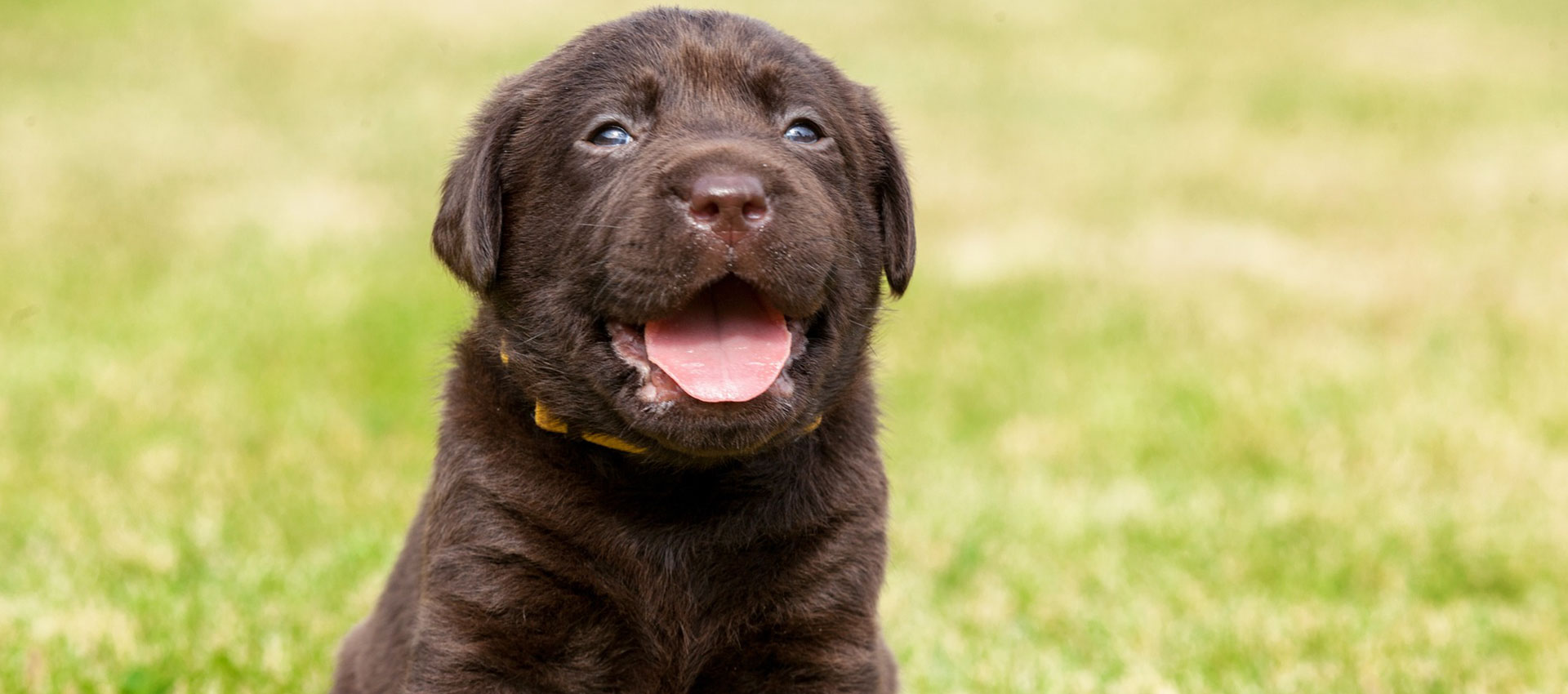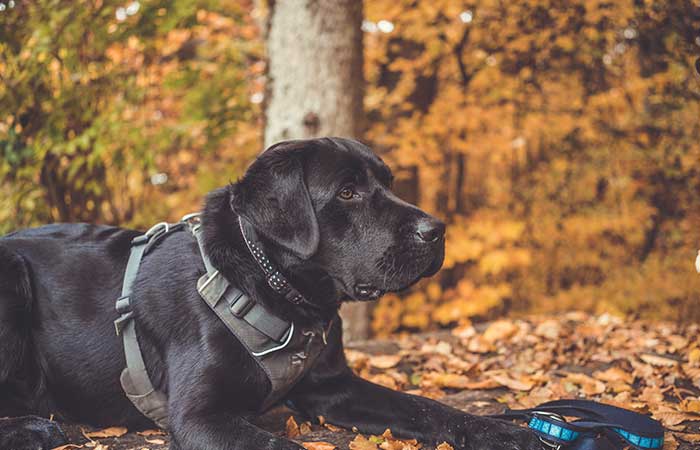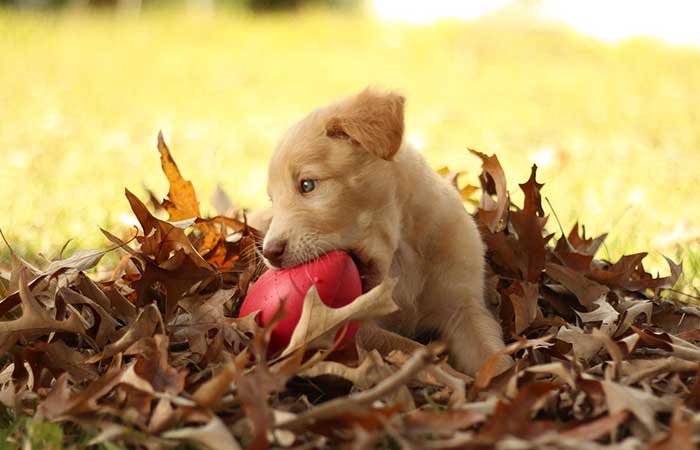
in pets
Labrador Puppies in Pakistan - Ultimate pet guide, Breed and Characteristics

Mutaher Mehboob

History of The Breed
The Labrador was traditionally a waterdog native to Newfoundland, where the local fishermen and duck hunters were employing it for years as a duck retriever. The breed gained immense popularity when Labradors were spotted by the English Lords and Noblemen, while visiting Canada in the early 1800's. Since then, Labs have remained as a hot favourite breed across the globe.
With their growing popularity in Pakistan as well, Labs soon might as well take over the world. Indeed, Labs are noble like kings!
Labrador Retriever or Labrador a.k.a Lab; it wouldn't be wrong to term this breed as a hot favorite breed of all times, surfacing on the top for quite a while now. Labradors are a medium to large sized dogs. It can be placed in the category of a retriever gun dog.
To this date, Labradors remain very popular in Canada, US, UK, and even in Pakistan now. It has been ranked at the top out of the 193 registered breeds in the US by the American Kennel Club.
Strong Broad Muscular Looks
The Lab has a strongly built bone structure and body, which is quite visible to the naked eye at the very first glance. A medium to large-sized and short coupled dog inherited with a toned, athletic, and a balanced conformation that qualifies it to be operated as a retrieving gun dog. It is quite evident from the Labs physical features and mental agility that they have been bred carefully with a purpose in mind i.e. to perform and function as an efficient retriever that has a stable and steadfast temperament which can prove to be quite beneficial for various heterogeneous activities beyond hunting.
Also Check out: Husky Dog in Pakistan - Breed, Care and Characteristics

The features that set the Labradors apart from various other similar breeds, are without any doubt; its short, extremely thick and dense weather-resistant coat, an "otter" tail (often regarded as the most distinguishing characteristic among Labs), it's nicely cut head with a broad back skull that have powerful jaws attached to it and my favorite; it's kind, friendly and loving eyes that carry a deeply expressing and compassionate character.
The temperament of A King
The temperament of the Labrador Retriever, is as much of a distinguishing characteristic of this breed as is the "otter's tail." Honestly speaking, this breed is truly one of a kind. Labs are generally so kind, loving, smart, outgoing, expressive, energetic, nature-loving, and extremely eager to please. Another quality that sets it apart is its non-aggressive behavior or attitude towards animals or humans.
Also Check out: Hush Puppies in Pakistan: Latest design and Trendy footware brand 2020
The Labrador nearly possesses every trait that is desirable to people, hence the reason behind their craziness for Labradors.
If you ask me why Labs are the ideal dog to have as pets, I would definitely applaud the breed on its gentle ways of living, its ability to understand, comprehend, adapt to situations making it the ideal companion to have by your side in your life. You may disagree as it is just my opinion.

The dog is so extra friendly that it wouldn’t even hurt a fly. Labs just can’t do that. So, if you have a family with kids (can be toddlers) and are looking to keep a dog as a pet, waste no time and get yourself a Lab puppy because no other breed bonds and socializes with the whole family in a manner that Labs do, As mentioned earlier, they also socialize perfectly with neighbor dogs, other animals and humans alike.
How Smart Are Labradors?
I’ll start by saying Labs are the ideal breed in every aspect. Having said that; the stable temperament of this breed and its ability to learn and adapt, makes them a perfect breed for rescue and search operations, detection missions, along with therapeutic work.
The Labrador Retriever is a very smart and intelligent breed among dog breeds. They have been ranked in Stanley Coren's The Intelligence of Dogs at No. 7, making them one of the brightest dogs out there (out of the 138 breeds that were tested).
Pakistan Army and Anti Narcotics Force Pakistan also utilizes the services of this breed in various search and rescue operations. It also operates kennels throughout the country where Labradors and German Shepherds are bred and trained to meet their demands.
Color Variations
The Labrador Retriever comes in 3 different coat colors, which are yellow(golden), chocolate brown and jet black. If you come across a similar-looking dog but with another coat color, it is undoubtedly not a Labrador. If the chest has a small white patch, it is fairly admissible but is definitely undesirable.
BlackBlacks are jet black. A coat with brindles, markings or spots of any other color than black is surely not a pure breed and is a disqualification.
Golden or Yellow may range in color variations from fox-red to light cream, with differences in shading on the back, ears, and underparts of the lab.
Chocolate Browns can have variations in their shade from light to dark chocolate. Chocolate brown coat with any brindles, markings, or spots of any other color is definitely a disqualification.
Life Expectancy
Labradors live up to 15 years at max. The average life of Labradors, according to American Kennel Club, is 10-12 years.
Weight & Height
The Labrador retriever is a breed that is fast maturing breed, reaching an adult height in 6 to 12 months; however, they may continue to grow up to 2 years of age depending on individual factors of a dog.
Male(Adult): 57–62 cm Height / 29 – 36 kg Weight
Female(Adult): 55-60 cm Height / 25 – 32 kg Weight
Labrador Retrievers love to eat and have a high potential of becoming obese instantly, if overfed. Since Labs are generally quite prone to getting obese, it is important to keep an eye on your dog's daily intake level and its weight regularly. Treats can turn out to be an important aid in training, but not controlling the amount you give your dog, you can actually lead your dog to obesity.

Before getting a Lab, learn about which of the foods that you consume daily are safe for dogs and which ones to refrain from as Labs have a high potential for obesity. If you have any concerns about your lab's health, diet, or weight, be sure to check in with your vet to discuss.
Litter Size
On average, Labradors give about 7.6 puppies per litter. The first litter usually has 2-3 puppies with later litters containing up to 12 puppies at max. So we can safely conclude that Labradors deliver about 5-10 puppies per litter.
When to Feed Your Lab
The amount that is recommended by vets (daily) is 2.5 to 3 cups of dry food a day that can be divided into two or 3 meals; however, this is just an average recommendation which can vary according to a dog's individual factors.
Note: The food consumption level for your dog depends mainly on their size, build, age, metabolism, and activity level. Dogs differ like people, and just like individuals, they don't all need the same amount of food. So. daily intake of food depends mainly on how active the dog is.
Exercise Needs
Built for sporty environments, a Labrador is quite muscular and athletic. Labradors usually maintain high energy levels throughout the day. This is the reason why Labradors are so active all the time and have a high potential of being playful with their owners. Even if they don't have anyone around, Labradors are one of the few breeds that can be left alone for more than 8 hours. This implies that this breed is self-serving, it can manage on its own for a longer period compared to other breeds by keeping itself occupied and entertained.
Also, high levels of energy lead to the high intensity of emotions and behavior exhibited by the dog. It can be concluded that Labradors need a lot of exercises to maintain a healthy life as they also have a very high potential of getting obese compared to other dogs. Anything that goes beyond a gentle walk can be considered as an exercise i.e., swimming, jogging, playing fetch, and running.
For relaxed Labradors, 45mins+ of exercise per day will be just enough. For more energetic and hyperactive Labradors, the exercise time must be 1.5 hours+ per day.
However, it must be kept in mind that each dog is unique, and their exercise needs vary and change throughout their life cycle as they age and mature.
Health Concerns Pertaining to Labs
Labs are generally healthy, however similar to all other breeds, and they are prone to certain health conditions. Many are hereditary, and some develop due to different situations. Some common health issues are as follows."
- Ear Infections (Very Common)
- Cataracts
- Progressive Retinal Atrophy (PRA)
- Epilepsy
- Tricuspid Valve Dysplasia (TVD)
- Myopathy
- Gastric Dilatation-Volvulus
- Elbow Dysplasia
- Cold Tail (Fairly Common)
- Hip Dysplasia
- Acute Moist Dermatitis
- Osteochondrosis Dissecans (OCD)
Note: Take regular appointments with the vet to ensure 100% health of your dog. Also, do some research on the above-mentioned health issues to have a better understanding of your dog's health, which will help you diagnose what your dog is going through.
WHY ARE LABRADORS BETTER THAN OTHER BREEDS AS PETS?
Labradors are extremely friendly with a non-aggressive nature, which makes them a perfect family dog. You don't even need to worry about your newborn around a lab. They are friendly and, more importantly, very disciplined and trustworthy.
Moreover, labs are outstandingly intelligent which means it takes less time to train the canine and once trained you can expect the dog to be smart enough to respond in a positive, fulfilling and correct manner that doesn't dry up your energy which is mostly the case while training other dog breeds.
Also Check out: Persian Cats in Pakistan - Breed, characteristics and much more
